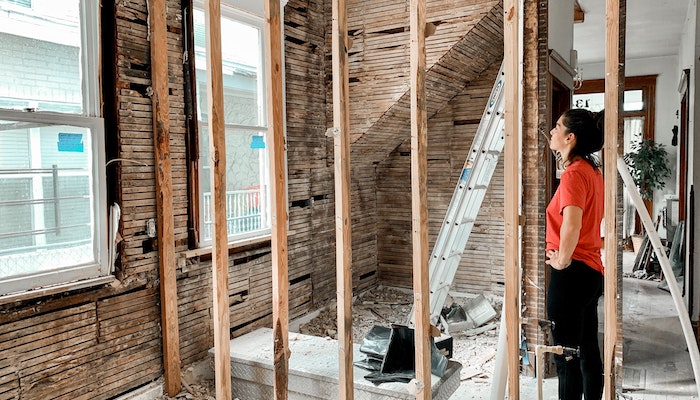
Home builders continue to feel the pressure of rising construction costs — even getting into the house is becoming expensive as the price of doors rose sharply over the past quarter.
The residential market continues to bear the brunt of surging construction costs and conditions are likely to remain on a high pressure for a while.
CoreLogic’s Cordell Construction Cost Index (CCCI) for Q3 showed an 11% annual and 4.7% quarterly increase in residential construction costs, overpassing the 10% yearly and 2.4% quarterly gains in Q2.
It is also important to note that the recent quarterly gain was substantially above the record over Q3 2021, when lockdowns were having a more significant impact on domestic supply chains.
Here are some state-by-state findings on construction costs:
- New South Wales – It reported a 4% quarterly rise, the largest on record. Annual construction costs increased 10.3%.
- Victoria – Construction index in the state increased by 5.6% in the quarter, more than double from the previous quarter. It also recorded the highest annual increase at 12.3%.
- Queensland – The state reported the highest quarterly increase among its contemporaries at 5.8%.
- Western Australia – Construction costs in this state increased 3.3%, the lowest quarterly growth.
- South Australia – This state’s construction index went up 3.8% over the quarter and 9.9% over the year.
What’s keeping costs rising?
CoreLogic construction cost estimation manager John Bennett said costs are rising across timber and metal materials, which are affecting framing and reinforcing.
“In particular we are recording significant volatility in pre-fabricated framing and the range of products affected by higher building material costs is only growing, with many suppliers having little choice but to pass on price increases,” he said.
Furthermore, there was a large inflation in the costs of wall linings, including plasterboard and fibre cement — costs of these materials had been previously stable. Prices of doors also increased significantly over the quarter.
Mr Bennet said the increasing cost of raw materials, labour, and fuel are putting pressure on residential building costs.
“We’re also seeing this flow into other sectors. We’re seeing a large increase in waste disposal fees across most states, and volatility in professional fees and services, with Victoria and Queensland showing the highest cost increases,” he said.
A study by the National Housing Finance and Investment Corporation (NHFIC), which covers the 2022 fiscal year, said supply constraints have pushed the building materials and labour cost inflation to rise at its fastest pace in nearly 50 years.
Surging construction prices to persist
CoreLogic research director Tim Lawless said the construction industry is being pressured on three fronts: low labour supply, material shortages, and inflation.
“This new high in the cost of construction flows through to margins, unexpected costs for consumers and potentially lengthy delays to homeowners who are waiting on the sidelines, often in rental or short-term accommodation, for the completion or possibly the start of their project,” he said
“We also forget the impact to existing homeowners and the insurance industry, as they struggle to reassess existing policies in a timely manner to make sure they are adequately covered in the event they need to make a claim.”
Mr Lawless said conditions are set to persist over the short to medium-term given these existing labour and supply issues.
Furthermore, the backlog of construction approved during COVID is still being worked through on top of the rebuilding and repair work due to the recent weather events.
“There’s no quick solution for providing additional materials and fuel costs remain elevated. All of these factors have an impact and are likely to push building costs higher for some time yet,” he said.
—
Photo by Monica Silvestre on Pexels.